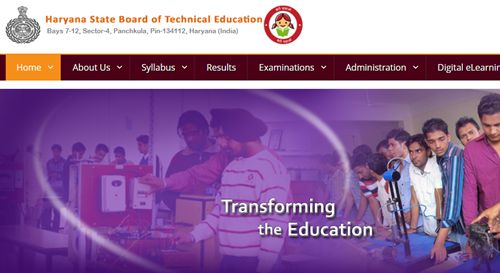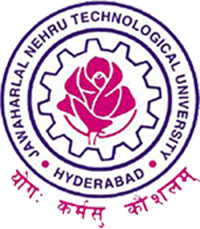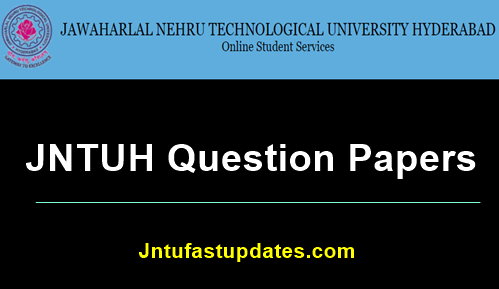HSBTE Date Sheet 2023 February for Regular exam and Pharmacy: Haryana State Board of Technical Education (HSBTE) is going to organize the Diploma 1st, 2nd, 3rd, 4th, 5th, 6th Semester Even Odd examinations in February 2023. The HSBTE Diploma exams will be conducted for 1st, 2nd, 3rd, 4th, 5th, 6th semesters. Aspirants studying under HSBTE can get ready for the Even semester examinations. Various Government/ Private/ Aided colleges of HSBTE will organize the Diploma/Polytechnic S2, S4, and S6 examinations as per the scheduled time table. Students who are pursuing Diploma/Polytechnic courses in various streams such as mechanical, electrical, electronics, and other streams can get ready for the HSBTE Diploma odd semester examinations. All the hopefuls can check Haryana diploma time table for Feb March exams from the official website, hsbte.org.in. The date sheet for diploma theory and practical examinations will be released by the board. Aspirants can check the examination dates from the date sheet and can take a printout of it for further reference. For more details, check the following article.
HSBTE Date Sheet 2023 – 1st 2nd 3rd 4th 5th 6th Sem Time Table @ hsbte.org.in
Haryana State Board of Technical Education (HSBTE) is the state level technical education board that has been established by the Government of Haryana. The HSBTE is working since 2008. It offers various Diploma and Polytechnic courses for students. In the state of Haryana, many of the Diploma /Polytechnic colleges are affiliated to HSBTE. The Haryana BTE offers specialized courses in Automobile Engineering, Civil engineering, Mechanical Engineering, Computer engineering, and other specializations. Annually a massive number of students gets the Diploma from the HSBTE. Annually, the HSBTE conducts the even semester examinations [2nd, 4th, and 6th sem] in April/May months and releasing the results in June. And the Odd semester [1st, 3rd, 5th sem] examinations will be held in December months and the result will be declared in December/January. Aspirants going through Polytechnic, Engineering, Technology, Management, and Diploma courses can check the May time table details from this article.

HSBTE Diploma Date Sheet 2023 – Important Details
| Name of the University | Haryana State Board of Technical Education Panchkula |
| Exam Name | Diploma Odd Sem Exam 2023 |
| Course Name | Polytechnic Diploma Courses |
| Exam Type | Date wise Date sheet for Regular Exams of Odd semesters and Reappear Exams of all semesters of Diploma Courses and Reappears of 1st & 2nd year of Pharmacy |
| Date of Examination | February 2023 |
| Exam Time Table Issue Date | Released |
| Official Website | hsbte.org.in |
HSBTE Diploma 1st, 2nd, 3rd, 4th, 5th, 6th Sem Date Sheet 2023 @ hsbte.org.in
All the aspirants studying various Diploma, Polytechnic, Engineering courses in various Government, Private, and Aided colleges across Haryana can check the date sheet from the HSBTE official website, hsbte.org.in. The date sheet will be released for various disciplines Civil, Electronics, Electrical, Mechanical, and other streams. HSBTE Even Semester examinations for 2nd, 4th, 6th sem exams will be held in various examination centers across the state as per the scheduled date sheet. Aspirants can check the theory and practical exam dates for odd semester examinations, which are going to commence in May. After downloading the date sheet, students can check the examination dates clearly from it and take a printout of it to refer it further.
Download HSBTE Diploma Time Table 2023 2nd 3rd 4th 5th 6th Semesters
The dates of commencement of examinations shall be as indicated in the academic calendar of the Board, circulated to all its affiliated institutes. The detailed timetable/ date-sheet of an examination would be sent to all institutes/ hoisted on the website of Board, 3 weeks prior to the commencement of the examination. Any changes of dates, due to unavoidable circumstances, shall be intimated to institutes by e-mail/ website/ published through press or other media, adequately in advance. The Board will not be responsible for clash free scheduling of re-appear paper(s). A student shall verify himself that date-sheet of re-appear paper(s) do not have clashes with regular paper(s).
Datesheet for Regular Exams of Odd semesters & Reappear Exams of all semesters of Diploma Courses including reappears of Pharmacy Courses – Available Now
Steps to download HSBTE Diploma Semester Date Sheet 2023
- Visit HSBTE Portal, hsbte.org.in.
- The homepage is going to be displayed.
- On which, the latest notifications, exam date sheets will be displayed.
- Click on Time Table link.
- Download Haryana Diploma date sheet 2023 by clicking on the corresponding link.
- The time table gets downloaded; take a printout of the time table and preserve it carefully for further reference.

320-x100(1).gif)





